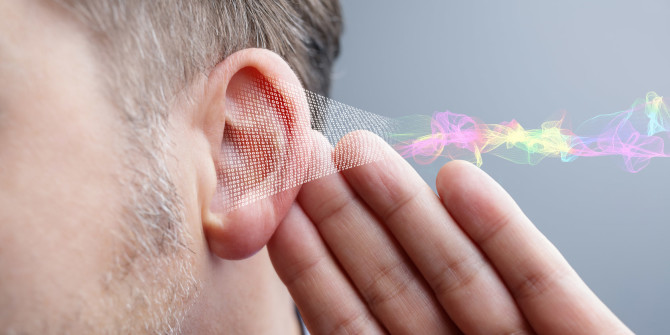Hearing aids and other devices for audio amplification are bound to develop one form of glitch or the other as a lot of hardware components are primarily susceptible to malfunctions. This may be due to its maintenance procedure, warranty period, or any form of hardware difficulties. However, most Hearing Aid Problems can be fixed and those that are beyond repair can most definitely be replaced or substituted for another. Nevertheless, if you are having Hearing Aid Problems, then, by all means, this piece is for you.
Some hearing aids are water resistant, others aren’t, and getting them wet may cause one of these problems. You may also encounter some funny sounds whenever you put on a faulty or bad hearing aid or a lot of times they just stop working. Now, before calling or heading to the repair shop, you may want to check some possibilities off the list. The first item to check off is if the state of the hearing aid. Is it turned on or off? Sometimes you may be fussing over the ruin of hearing device not knowing you forgot to turn it on. Now, if the hearing aid is on but still faulty or non-functional, you may need to check the battery. The battery placement, state, and percentage could affect the functionality of your hearing aid. Hence, check if the battery is charged if it isn’t replaced properly with a charged battery and turn on the hearing aid. If it still doesn’t work, we’ll need to explore other possibilities.

Other Likely Problems
- If your hearing aid is working, but it gives a low-quality sound, chances are the dome or tip of the hearing aid needs cleaning. To fix this, you’ll need to check the dome of your hearing aid for clogged ear wax, if any, get rid of it while cleaning your ears as well.
- Now, if you’re having permanent Hearing Aid Problems because your device was exposed to water, moisture or you’ve extensively been in a humid environment, all you need to do is to let them dry. How so? By placing them in a jar/bowl of uncooked rice. The rice here acts as a desiccant, thus drawing moisture from the hearing aids and leaving it totally dry.
If you’ve tried the following troubleshooting methods and you still cannot diagnose the root of your Hearing Aid’s Problems, then it may be time to visit the repairman. Bear in mind that if the hearing aid is too faulty or has probably passed its warranty period, it may be time to get a new replacement for the sake of hearing. There are loads of options from diverse manufacturers worldwide for all age brackets. Hence it is important to really weigh the pros and cons of each one you’re considering so as not to make a regretful choice. Your Hearing Aid Problems isn’t the end of the world, as bad as it gets, it may only be the end of your time with that particular hearing aid.

